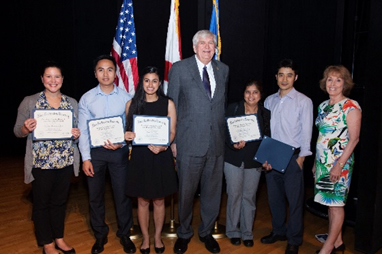Orofacial Stem Cells for Craniofacial Bone Regeneration
Grant Winners
- Umadevi Kandalam, Ph.D. – College of Dental Medicine
- An Nguyen B.S. – College of Dental Medicine
- Divya Puri, B.S. – College of Dental Medicine
- Christine Manguno, – M.B.A.
Dean
- Linda Niessen, D.M.D., M.P.H., M.P.P. – College of Dental Medicine
Abstract

Bone regeneration in craniofacial region represents a substantial component in clinical practices with ~15 million fractures being treated in the United States alone. Approximately, 1,600,000 bone grafts are performed each year and 6% of those are in craniofacial region. The gold standard practice of autologous bone graft requires huge amount of bone and is associated with donor site morbidity. Stem cell based strategies for repair of critical size defects in the craniofacial defects appear to be promising alternatives to bone grafting. Recent studies demonstrated that cells of orofacial origin as potential candidates for cell-based therapies for repair and reconstruction of craniofacial bone tissue. Human gingiva derived mesenchymal stem cells (HGMSCs) are excellent cell sources obtained by minimally invasive methods, highly proliferative and are able to differentiate to osteoblasts. Our preliminary studies demonstrated that HGMSCs could induce osteogenesis.
In this study, we propose to use HGMSCs in combination with a novel macroporus beta-tricalcicum (β-TCP) scaffold for the regeneration of bone, in a critical size calvarial defect model. Recent study has shown that the macroporous β-TCP scaffold has significantly promoted vascularization as well as bone tissue formation in mandibular bone defect after 12 weeks of implantation. Our hypothesis is HGMSCS in combination with this novel β-TCP scaffold may enhance the bone formation. In this proposal, we will be evaluating the ability of cell-scaffold system to form ectopic bone (Aim 1). A critical size bone defect will be surgically created in calvarial bone of rats (Aim 2). The cell-scaffold system to regenerate bone in-situ in calvarial bony defect (Aim 3) will be investigated. The results of the study will be useful in establishing the utility of the novel-scaffold and HGMSCs in regeneration of bone in critical size defects of craniofacial region.